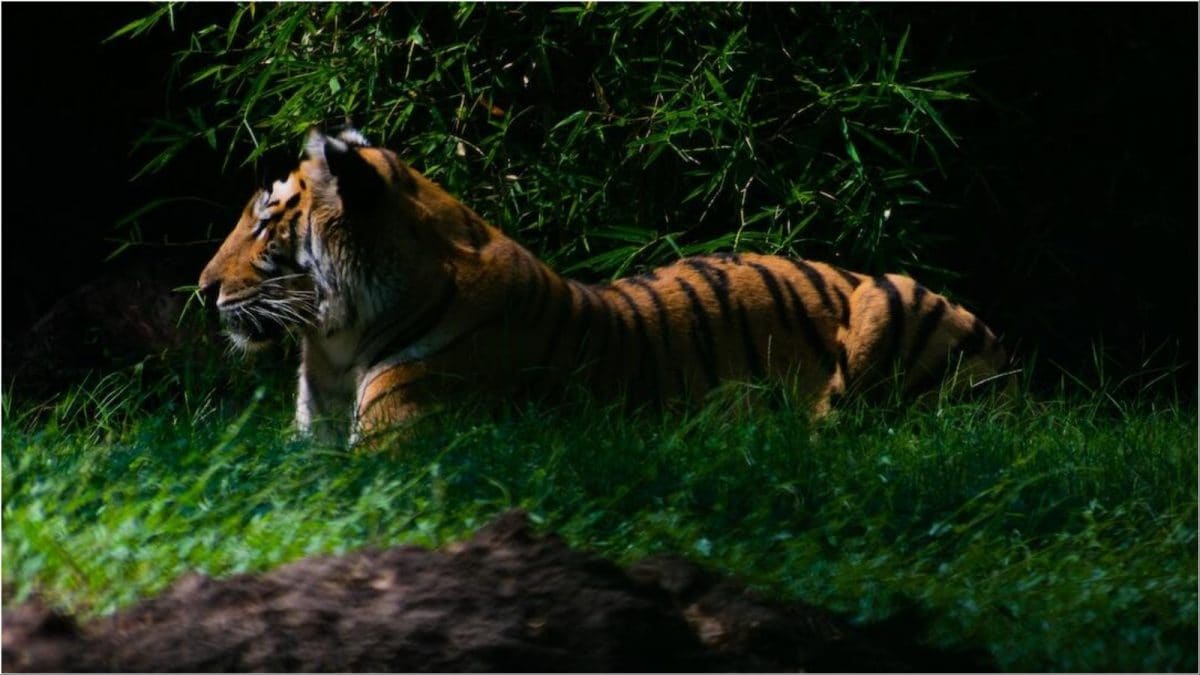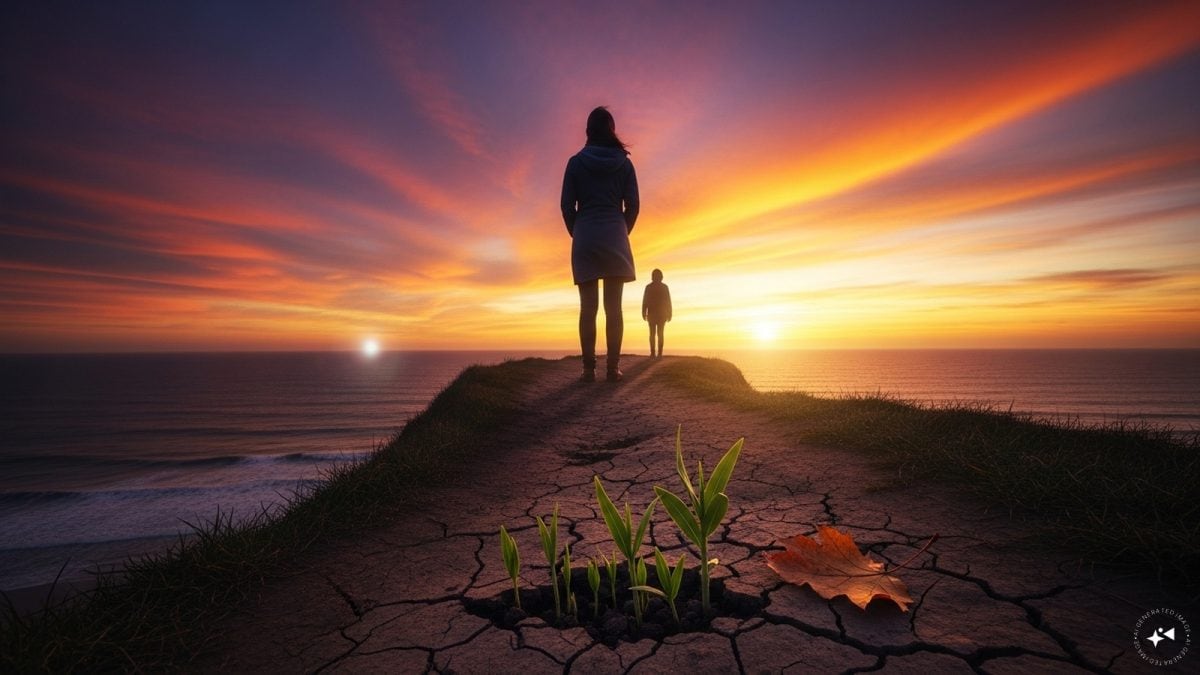Last Updated:
A wildlife safari in India is the ideal pick for travellers who want to explore the beauty of nature. With careful planning and execution, this can be a truly serene experience.

Book morning and evening safaris for better chances of spotting wildlife.
There’s nothing quite like a wildlife safari in India. The thrill of venturing into dense forests, listening to the rustle of leaves, spotting a deer grazing in the distance, or – if you’re lucky – catching a glimpse of a tiger, is unmatched. Beyond the wildlife, India’s national parks are deeply rooted in culture, mythology, and local traditions, making the experience even more enriching.
According to Gajendra Singh Rathore, Managing Director of Jungle Camps India, “A safari is not just about chasing tiger sightings. It’s about soaking in the wilderness. From birdsong at dawn to the silence of the forest at dusk, the experience has a way of touching your soul and leaving you with memories for a lifetime.”
What Are The Best Months To Go On A Wildlife Safari?
Choosing the right season can define your safari experience. “From October to March, the weather is pleasant and the forest is lush, making it ideal for first-time visitors,” explains Rathore. But if spotting wildlife is the goal, he suggests the summer months. “Between April and June, animals often gather at water bodies, making sightings easier.” Keep in mind that most parks remain closed from July to September due to monsoon rains.
How To Plan Your Wildlife Safari?
Planning is crucial. National parks operate with fixed timings – sunrise to sunset – and safaris follow set routes. “To increase your chances of spotting elusive animals like tigers, it’s best to book both morning and evening safaris,” advises Rathore. Depending on your preference, you can choose between open jeeps for a more intimate experience or larger canters for group travel.
Carrying a valid photo ID is mandatory for every traveller, including children, and safari slots can get booked out quickly during weekends and holidays. Rathore recommends booking accommodation early, especially if you want to stay in lodges inside buffer zones for an immersive experience.
How To Pack For A Wildlife Safari?
Comfort should be a priority when packing for a safari. “Neutral-colored clothing in shades of brown, green, or grey helps you blend into the surroundings,” says Rathore. While summers call for light cotton wear, chilly morning jeep rides in winter require sweaters, scarves, or jackets. Essentials include hats, sunglasses, sunscreen, insect repellent, and sturdy shoes.
Binoculars and a camera with a zoom lens can elevate the experience, but remember to switch off the flash, as photography rules are strict. Carrying a power bank is also useful, since phone networks are patchy inside forests.
“A safari is as much about the journey as it is about the sightings. The forest teaches patience, respect, and appreciation for nature in its purest form,” says Rathore.
Many lodges and camps around national parks offer activities like bird-watching, village tours, and nature walks. Hiring a naturalist or guide can add depth to the safari by helping identify species and narrating fascinating stories of the forest.
view comments
- Location :
Delhi, India, India







